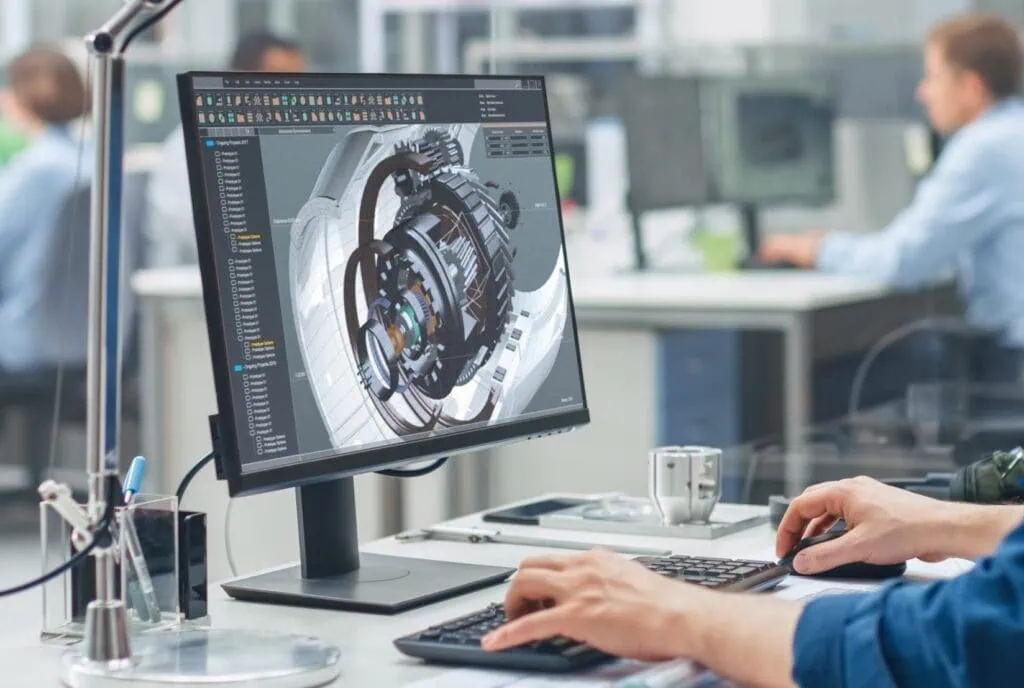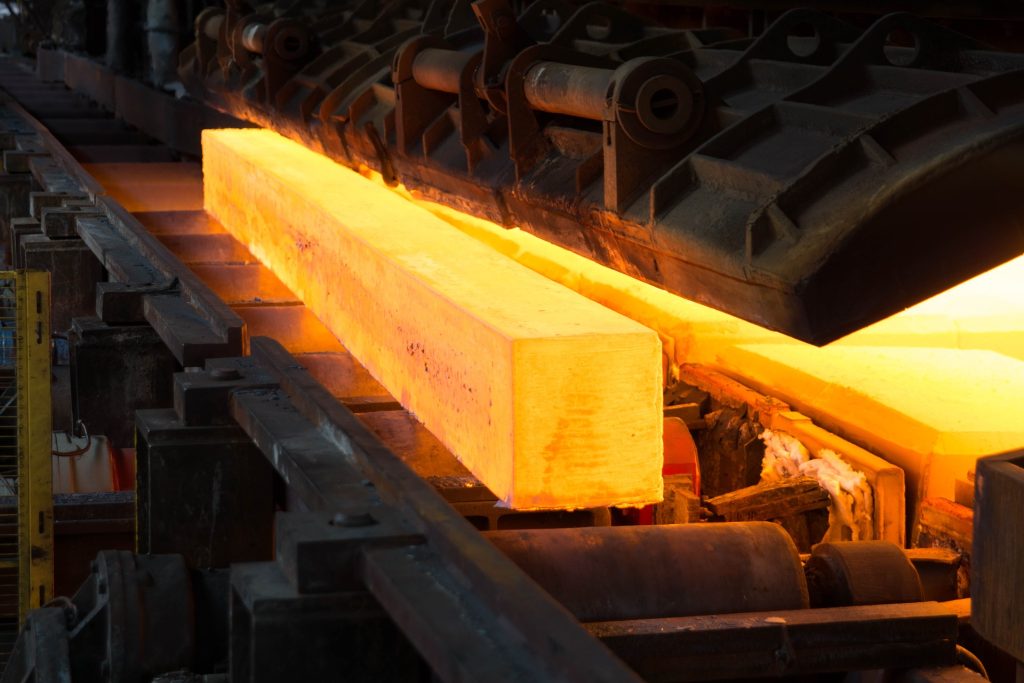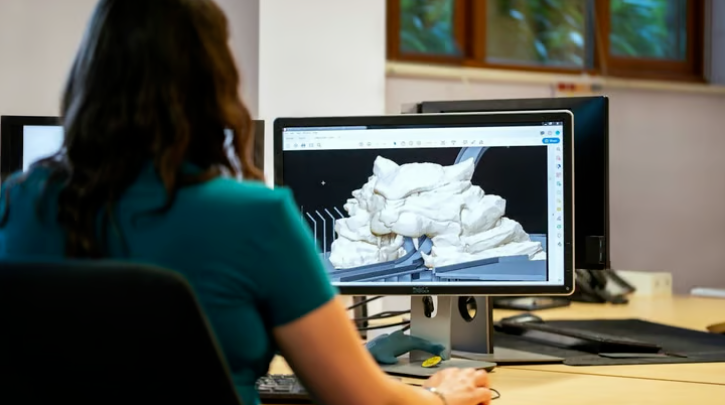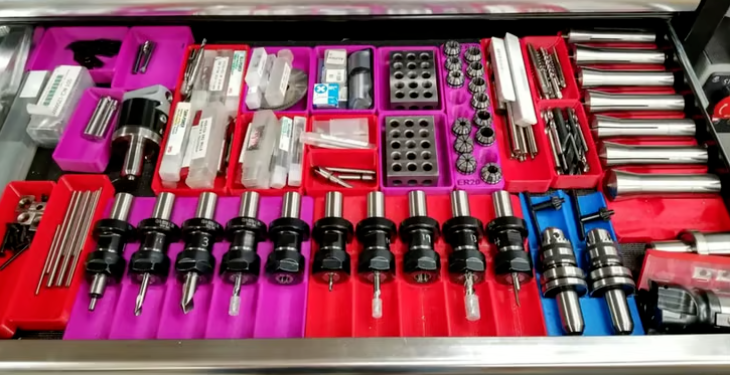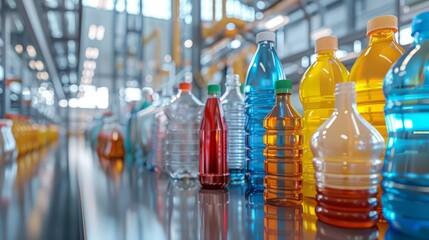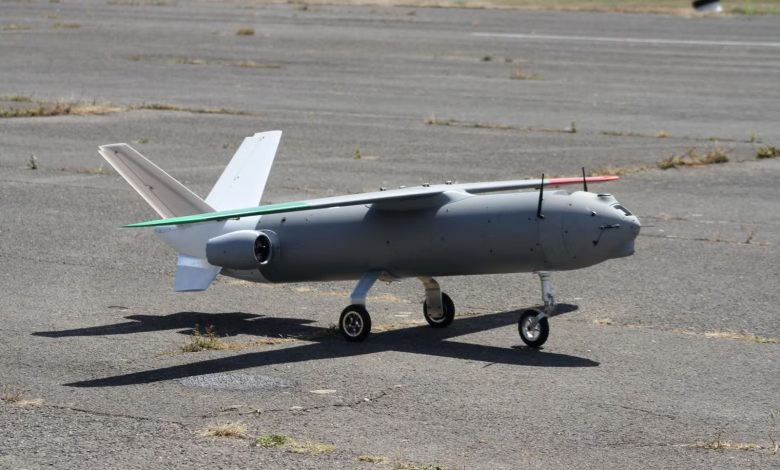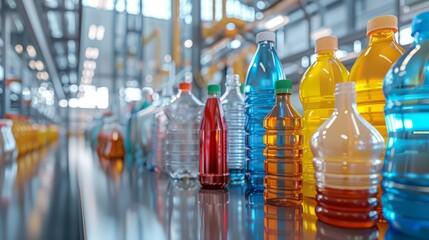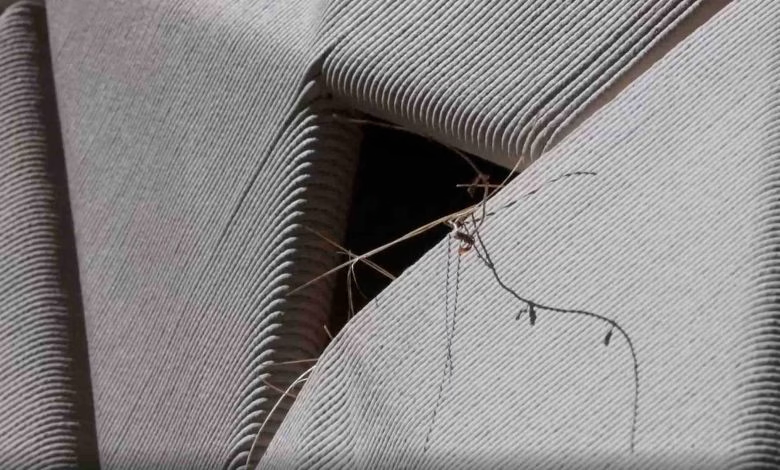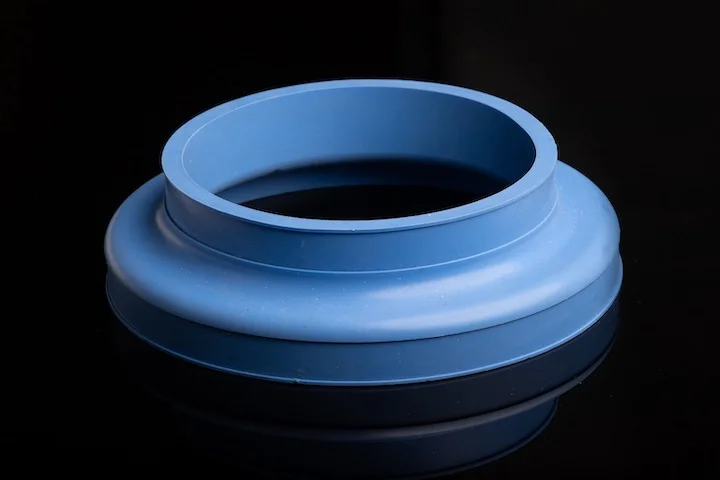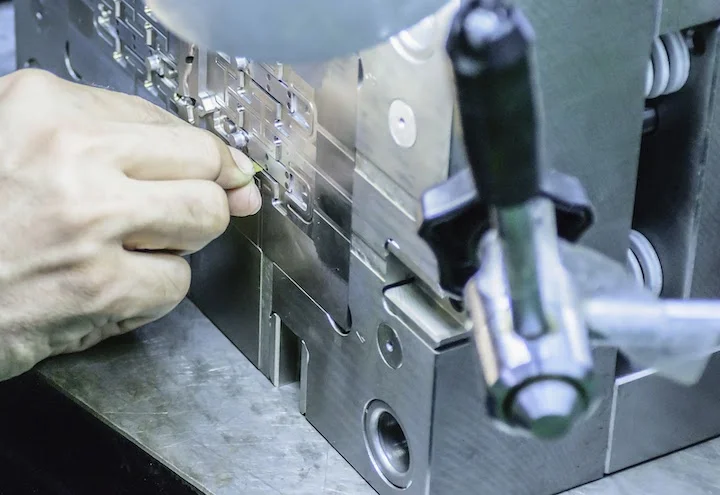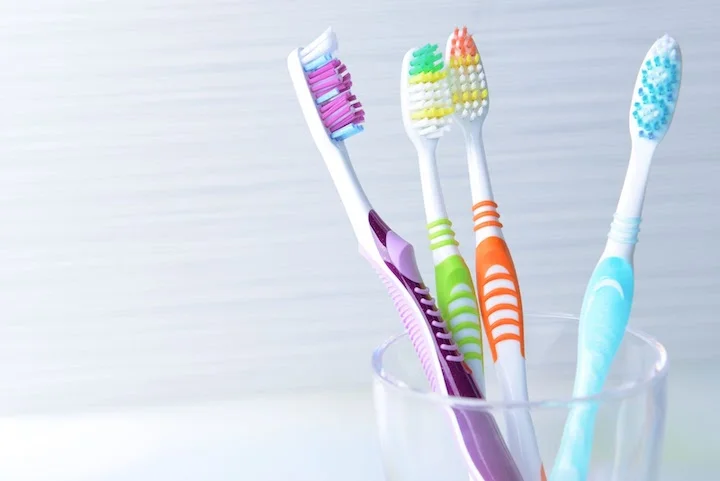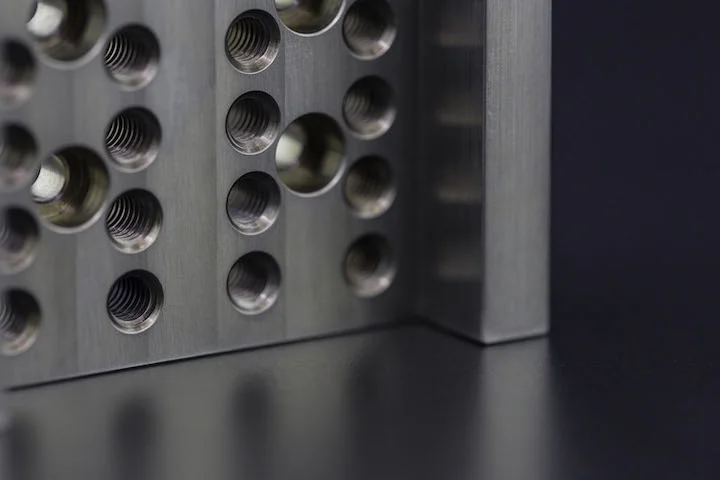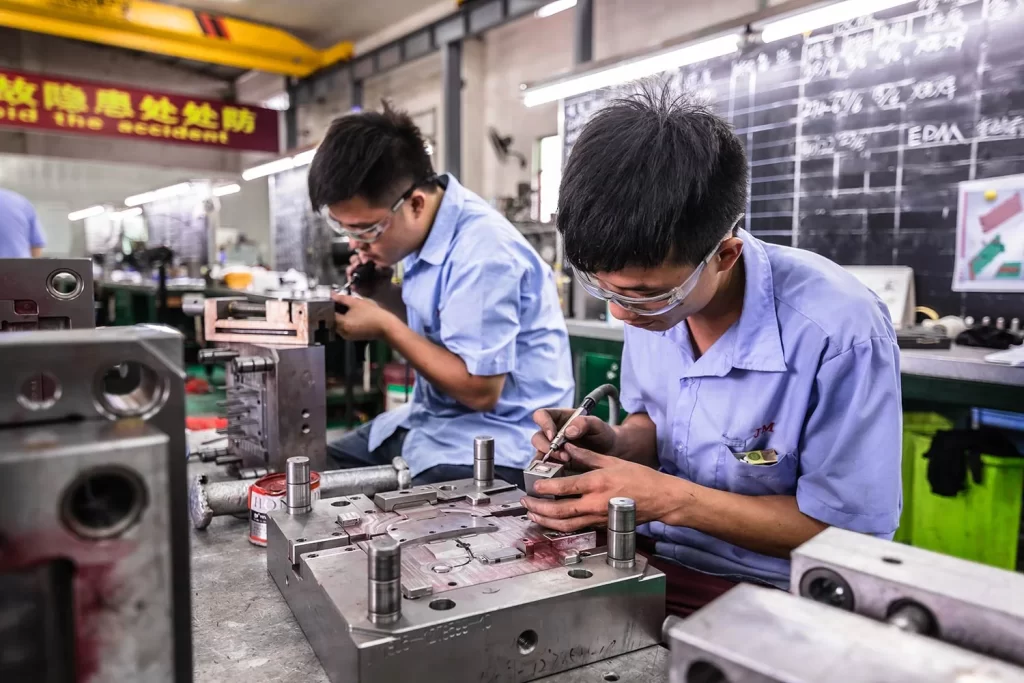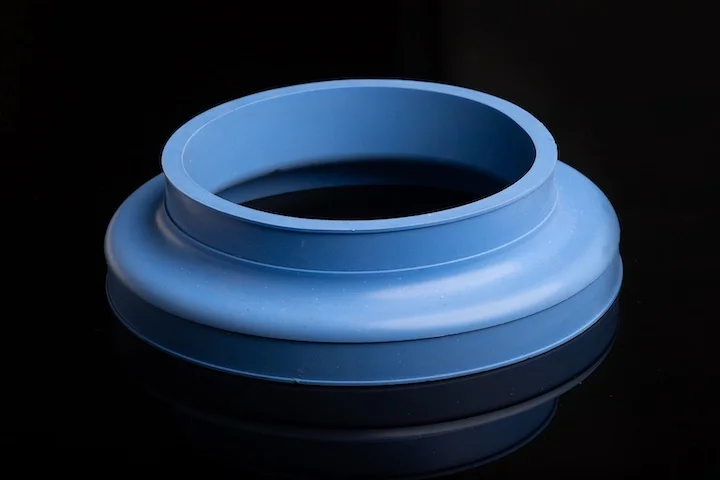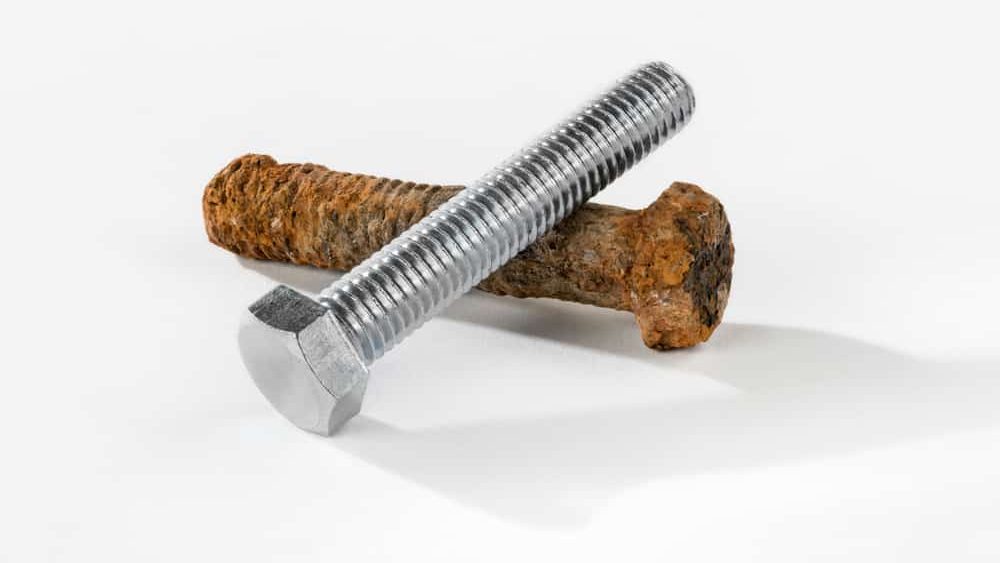
Corrosion refers to the natural process in which metals react with corrosive media such as water or air, transforming into undesirable substances.
Corrosive media react with metals to convert them into corresponding oxides, sulfides, and hydroxides (as seen in iron rusting). This process begins at the parts of the metal exposed to the environment, gradually causing damage and decomposition of the metal, and may spread to the entire metal structure.
Corrosion-resistant metal parts can effectively withstand these corrosion reactions, so they are widely used in many fields from cooking to national defense. There are two main schemes for manufacturing such parts: one is to select metal materials with inherent corrosion resistance, which can usually be processed by CNC machining, sheet metal processing, and Direct Metal Laser Sintering (DMLS) 3D printing technology, or to enhance the corrosion resistance of parts through post-processing options.
Method 1: Selection from Common Corrosion-Resistant Metal Materials
Stainless Steel
Stainless steel is a family of approximately 200 alloy steels with high heat resistance and corrosion resistance. The carbon content of stainless steel ranges from 0.03% to 1.2%, and its uniqueness lies in its high chromium content. Stainless steel contains approximately 10.5% chromium, which can form a passive oxide layer to protect the metal from corrosion.
According to the microstructure, stainless steel can be divided into three categories:
- Austenitic Stainless Steel: Austenitic stainless steel is composed of at least 18% chromium and 8-12% nickel. It also incorporates nitrogen, carbon, and many other elements. Chromium provides strong corrosion resistance, while nitrogen acts as a hardening agent. This series of alloys is known as 300-series stainless steel, with common grades including Stainless Steel 304 and Stainless Steel 316, the latter being the most corrosion-resistant material.
- Martensitic Stainless Steel: Martensitic stainless steel typically contains 11.5-13% chromium, 0.15% carbon, 0.1% manganese, molybdenum, and sulfur or selenium. This series is known as the 400 series, with a common grade being 420A. Carbon imparts strength to the alloy, while the low chromium content makes its corrosion resistance lower than that of the 300 series.
- Ferritic Stainless Steel: Ferritic stainless steel refers to straight-chromium non-hardened stainless steel alloys with a chromium content between 10.5% and 30% and a carbon content below 20%. These steels cannot be hardened by heat treatment but can be slightly hardened by cold rolling. These steels also belong to the 400 series, with 430A being a typical grade.
Duplex Stainless Steel
As the name implies, duplex steel alloys consist of two different phases. It combines the best performance characteristics of ferritic and austenitic phases, integrating these advantages into a highly advanced corrosion-resistant metal material. Typical grades include S32750 (containing 25% chromium, 7% nickel, and 4% molybdenum) and 2205 (containing 22% chromium, 5% nickel, and 3% molybdenum). These alloys can handle various challenging working environments.
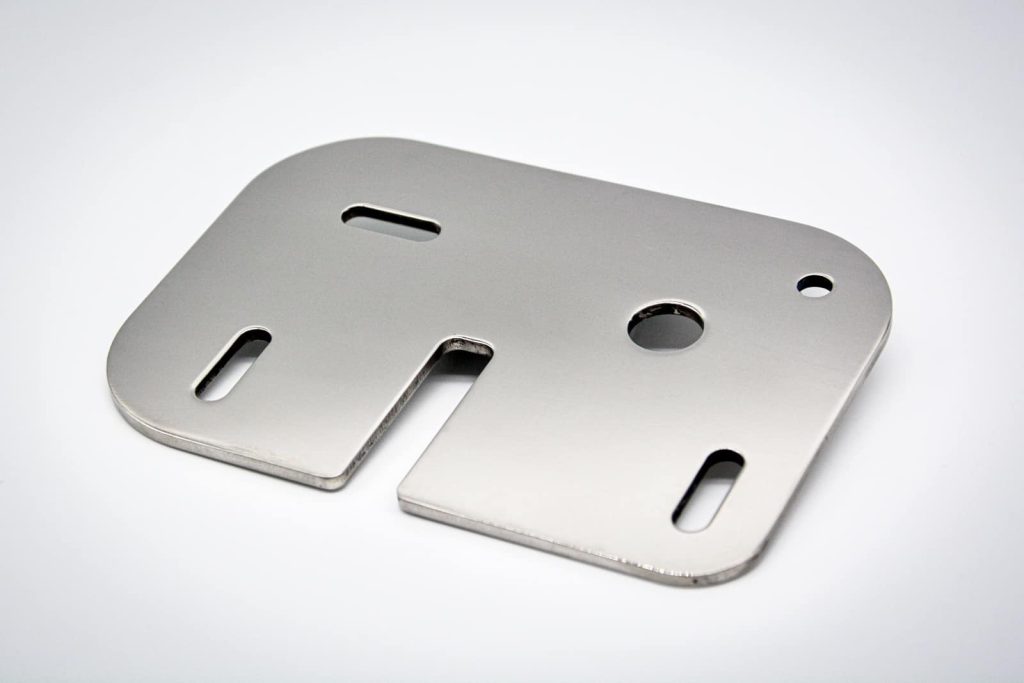
Manufacture of stainless steel parts from sheet metal
Superalloys
Superalloys are high-performance metal alloys with corrosion resistance and excellent mechanical properties at high temperatures. Therefore, these grades of corrosion-resistant metals are typically used in fields requiring high performance and corrosion resistance, such as aerospace and medical applications.
Superalloys are distinguished by their primary base elements:
- Nickel-Based Superalloys: Nickel-based superalloys not only exhibit excellent corrosion resistance but also have high strength and heat resistance due to their low coefficient of thermal expansion. Unique properties such as shape memory and excellent workability set these materials apart. For example, Inconel 718 can be 3D printed.
- Cobalt-Based Superalloys: Cobalt-based superalloys have higher melting points than nickel-based or iron-based superalloys. They also exhibit excellent resistance to heat corrosion compared to nickel-based or iron-based alloys. Cobalt-based superalloys have high weldability compared to nickel-based alloys. Cobalt-chromium powder can be 3D printed.
- Iron-Based Superalloys: Iron-based superalloys have high strength at room temperature and strong resistance to oxidation, creep, wear, and corrosion. They are much cheaper than the two alloys mentioned above.
Aluminum
Aluminum has a strong affinity for oxygen, allowing it to naturally form a dense passive oxide layer on its surface, giving it good anti-corrosion properties. Among many aluminum grades, most exhibit chemical corrosion resistance, with 1xxx, 3xxx, and 5xxx series aluminum alloys being particularly prominent for their best toughness. These aluminum alloys exhibit extremely high corrosion resistance in environments with a pH between 4.5 and 8.5 (i.e., general corrosive environments). To further enhance the anti-corrosion performance of ordinary aluminum, anodizing is a very effective method, which forms a protective oxide film on the surface of aluminum parts.
- 1xxx Series: This grade of aluminum has ultra-high purity (approximately 99%) and exhibits the best corrosion resistance in normal applications.
- 3xxx Series: Manganese is the main alloying element in the 3xxx series (aluminum-manganese alloy with a manganese content of up to 1.25%). Therefore, its corrosion resistance is slightly worse than that of 1xxx aluminum. On the other hand, manganese gives the alloy ductility. For example, Al-Si1Mg aluminum has high stress corrosion cracking resistance.
- 5xxx Series: The main alloying element of this aluminum is magnesium, and its corrosion resistance is almost similar to that of 3xxx grade aluminum. It has a high work hardening rate and high corrosion resistance. It also has a bright surface finish.
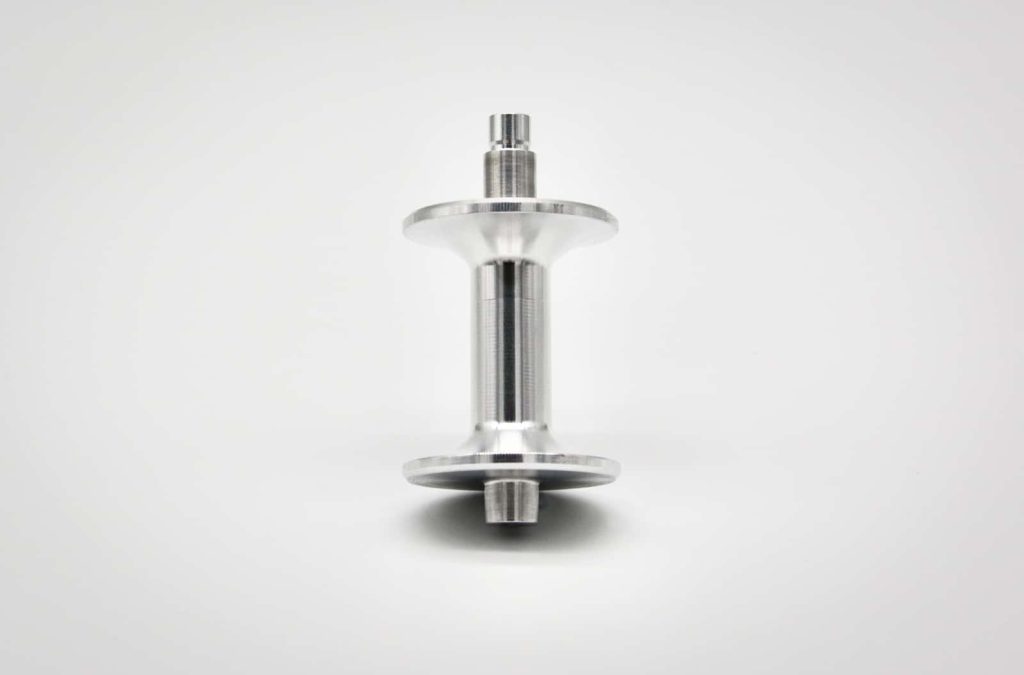
Aluminum components machined by CNC machine tools
Copper Alloys
Copper alloys have excellent thermal conductivity, corrosion resistance, outstanding hardness, and high strength at high temperatures. Copper itself has good corrosion resistance, and alloying it with other metals can further enhance its corrosion resistance. Among the copper alloy family, the following are the most well-known corrosion-resistant metals:
- Bronze: Bronze is one of the oldest known materials. Modern bronze is composed of 88% copper and 12% tin. Bronze may also contain nickel, manganese, aluminum, silicon, zinc, or arsenic. Adding a small amount of silicon to the alloy can improve corrosion resistance.
- Brass: Brass is an alloy of copper and zinc. They may also contain small amounts of tin to provide additional corrosion resistance, while zinc may reduce corrosion resistance. Brass typically has high corrosion resistance and good tensile strength, with a melting point lower than that of bronze or even pure copper.
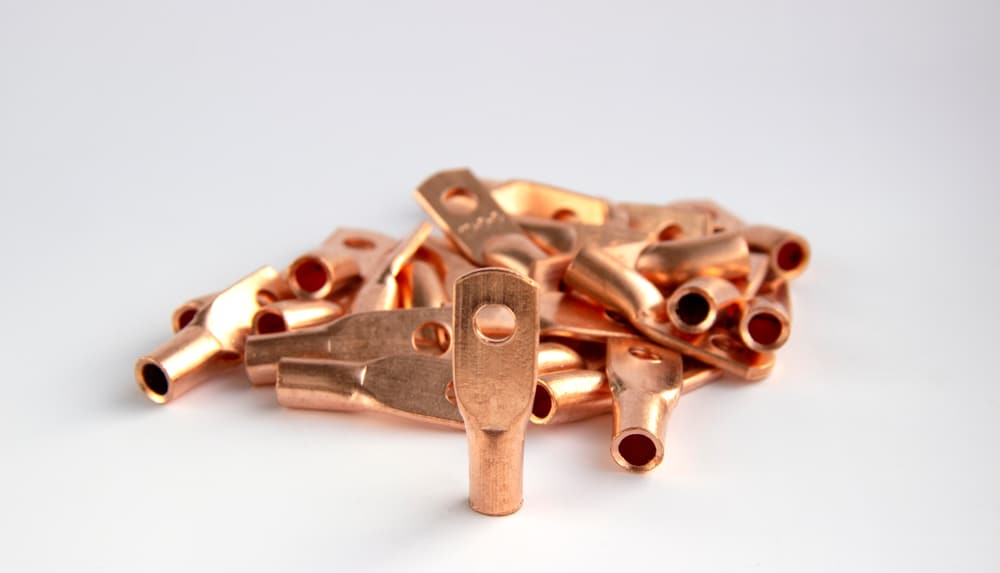
Copper electrical terminals
Titanium
Titanium is an extremely durable metal widely used in engineering due to its excellent corrosion resistance and superior strength-to-weight ratio. Compared to steel, titanium is 40% lighter, yet its strength can match that of high-strength steel.
Like other corrosion-resistant metal materials, titanium also forms passive oxides; without these oxides, titanium would corrode immediately. A unique property of titanium is its resistance to chlorine. Titanium 3.7164 (Titanium Grade 5) is a model of corrosion-resistant materials.
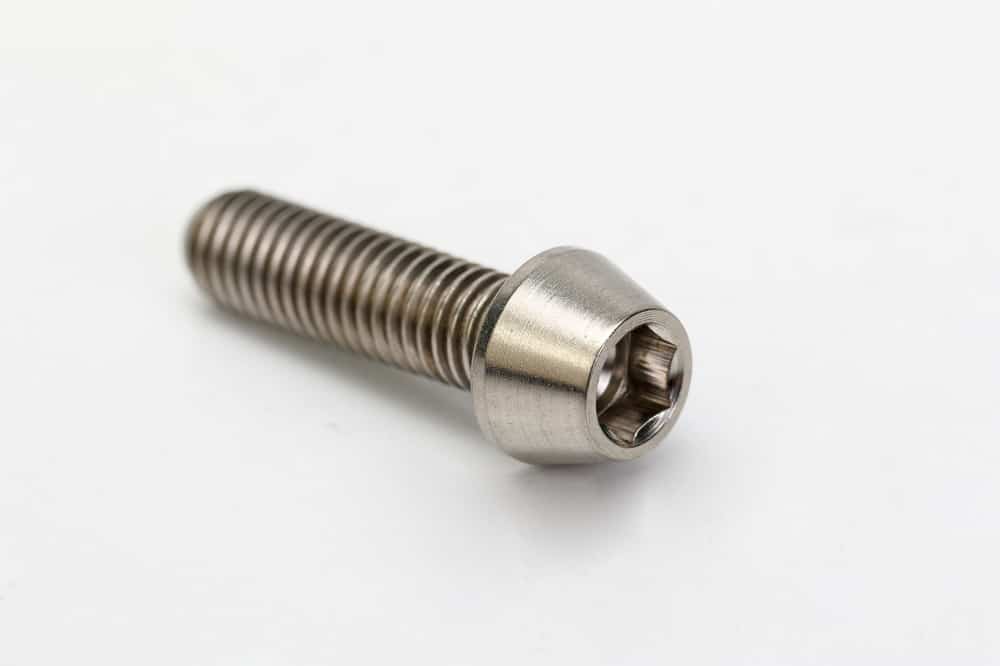
Titanium alloy bolts
Cost Comparison of Producing Components with Corrosion-Resistant Materials
Let’s compare the costs of manufacturing components from different corrosion-resistant metal materials using Debaolong Seiko’s instant quotation system.
| Material | Production Process | Unit Cost | Unit Cost for 10 Pieces | Unit Cost for 100 Pieces |
|---|---|---|---|---|
| Stainless Steel 304 / 1.4301 | CNC | € 211.61 | € 66.41 | € 23.74 |
| Stainless Steel 316L / 1.4404 | CNC | € 228.58 | € 72.75 | € 25.68 |
| Stainless Steel 316L / 1.4404 | DMLS | € 387.12 | € 294.83 | Price on demand |
| Aluminum AlSi10mg | CNC | € 123.07 | € 35.35 | € 13.88 |
| Aluminum AlSi10mg | DMLS | € 174.76 | € 89.19 | € 87.80 |
| Titanium, T6Al4V | CNC | € 705.35 | € 215.06 | € 55.12 |
| Titanium, T6Al4V | DMLS | € 387.12 | € 294.83 | Price on demand |
| Inconel 718 | DMLS | € 487.77 | € 333.16 | Price on demand |
| Cobalt Alloy, Cobalt-Chromium Alloy | DMLS | € 522.61 | € 619.15 | Price on demand |
Method 2: Improving Component Corrosion Resistance through Post-Processing
The corrosion resistance of CNC-machined parts, sheet metal parts, and 3D-printed parts can also be improved through various surface treatment solutions:
- Anodizing: A process for machined metals (mainly aluminum parts) that hardens the part surface through oxidation to prevent wear.
- Spray Painting: Spray painting can prevent rusting of components such as daily necessities, electrical casings, and pipelines.
- Electroplating: Coating the surface of parts with other non-corrosive metals to avoid corrosion. Sometimes, ordinary metals are plated with the following corrosion-resistant metals to extend their service life.
- Surface Polishing: Surface burr treatment is performed on CNC-machined parts to remove sharp burrs generated during processing. It is recommended to grind sharp corners into smooth surfaces to avoid harm to humans during use.
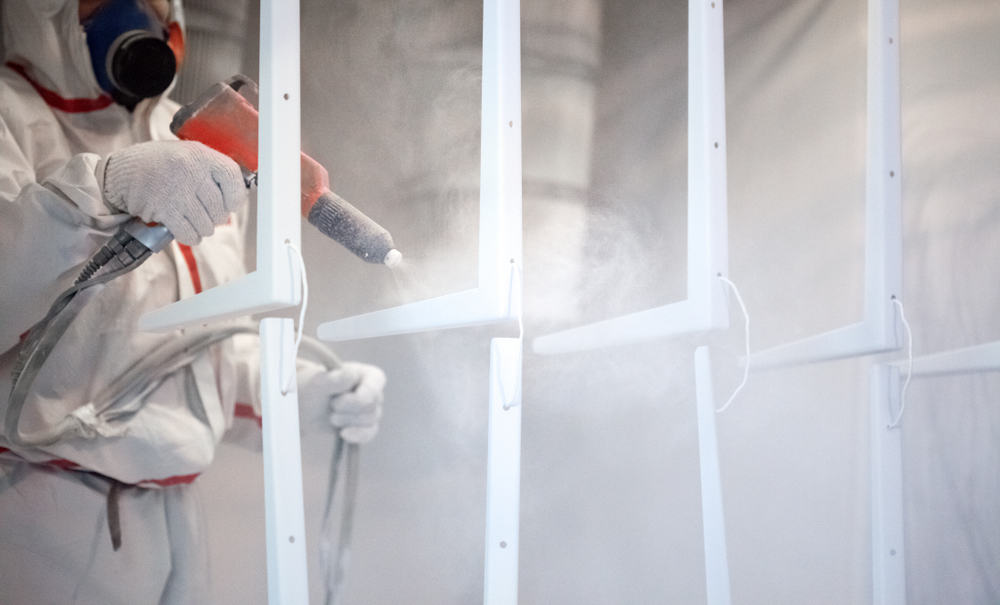
Spray paint processing
Conclusion
Debaolong Seiko provides online CNC machining and metal 3D printing services, specializing in meeting the needs of on-demand 3D printing projects, from prototyping to mass production.






